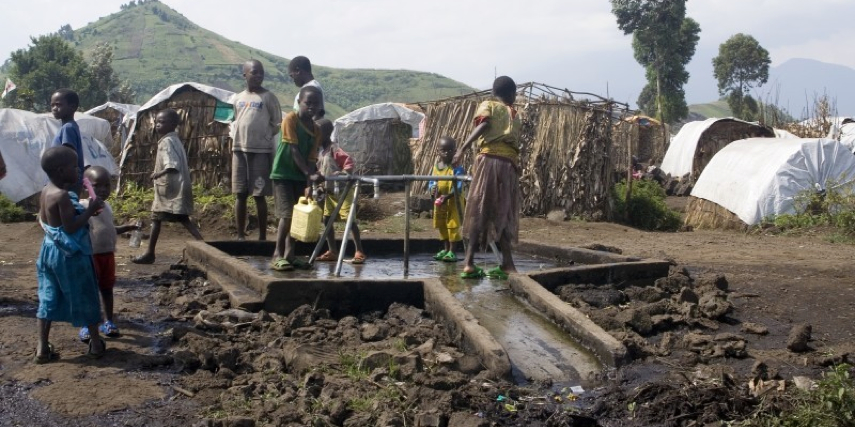Zimbabwe
Education in Zimbabwe
Education in the government-run schools of Zimbabwe was made free in 1980 and inequities remaining from the colonial system were lessened. Education was declared a basic human right in Zimbabwe and a non-racial system pursued.
20 Poorest Countries In The World
What are the poorest countries in the world? The rankings below were published in Wikipedia from International Monetary Fund’s 2011 gross domestic product per capita (GDP per capita) report and reflecting the countries with the lowest purchasing power parity (PPP). Since 1970, there has been encouraging news emerging from developing countries. According to the UN’s 2010 Human Development Report, life expectancy in developing countries has increased from 59 years in 1970 to 70 years in 2010. School enrolment climbed from 55% to 70% of all primary and secondary school-age children. Also, in the last forty years, per capita GDP doubled to more than ten thousand U.S. dollars. Poor countries are catching up with the wealthier countries, but not all countries are making fast progress. For example, some countries in Sub-Sahara Africa have little or no progress, largely due to the HIV epidemic and civil wars.
